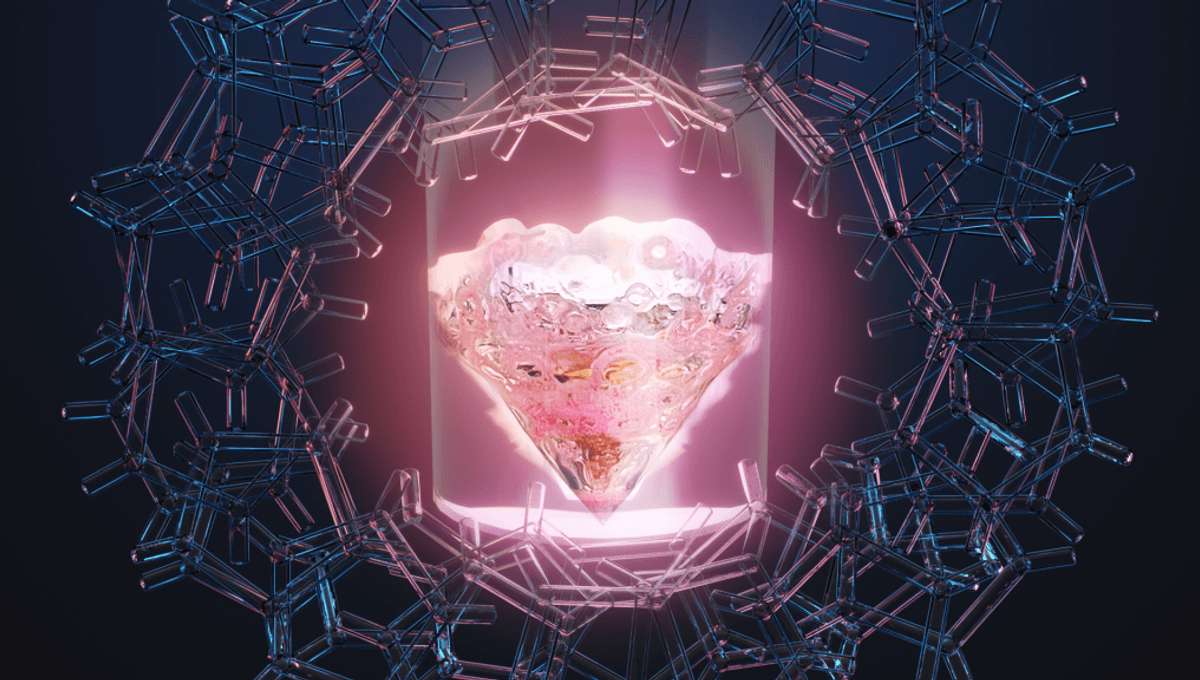
The one rare earth element whose chemistry has been largely unknown is now less of a mystery. Although promethium itself is unlikely to become as important to society as its neighbors on the periodic table, the information revealed about it could help improve our access to the rest.
The category known as “rare earth elements” has created some unfortunate confusion recently as many of these elements become much more important. Neodymium, for example, helps make the strongest permanent magnets known, making it a valuable commodity for the clean energy revolution. Being labeled a rare earth element has promoted the idea there might not be enough to meet our needs, but it’s actually almost as common in the Earth’s crust as copper, and much more so than lead.
Not so promethium, which is among the rarest elements on Earth, even behind some of the transuranics once thought not to exist until we made them. Consequently, promethium wasn’t discovered until 1945, and has been in such short supply little research has been done on its chemistry.
Now, the Oak Ridge National Laboratory (ORNL), where promethium was first discovered, has sought to change that. “The whole idea was to explore this very rare element to gain new knowledge,” said Dr Alex Ivanov in a statement. “Once we realized it was discovered at this national lab and the place where we work, we felt an obligation to conduct this research to uphold the ORNL legacy.” The ORNL team is the first to characterize promethium in a solution.
The team purified promethium-147 produced as a waste product from plutonium production.
Appropriately, given the mythical figure it was named after, the team bound their promethium with organic molecules called diglycolamide ligands and used X-ray spectroscopy to measure the length of the bond between the promethium and its neighbors. The team then did the same thing with 3+ ions of all the other lanthanides for comparison.
In this way, they were able to confirm that, like its neighbors, promethium’s atom experiences a phenomenon known as “lanthanide contraction”, which packs the electrons in more tightly to the nucleus than for most other atoms. This is one of the reasons mercury is the only element liquid at room temperature.
With all the other lanthanides experiencing this contraction, it wasn’t a surprise promethium does it too, but the extent of the contraction is not identical for each element. “The contraction of this chemical bond accelerates along this atomic series, but after promethium, it considerably slows down,” said Ivanov. Consequently, without measuring the contraction we didn’t know if promethium’s would be more like neodymium to its left or samarium to its right.
It’s much rarer than the other lanthanides, however, because none of its isotopes have half-lives longer than 17.7 years. Billions of years after the atoms that make up most of the Earth were formed in a supernova, nothing is left. The only reason there are tiny natural quantities on Earth at all is from rare events like neodymium-146 being hit by cosmic rays. Every other lanthanide has at least one stable isotope.
“Because it has no stable isotopes, promethium was the last lanthanide to be discovered and has been the most difficult to study,” said Dr Ilja Popovs.
The chemistry of the other 14 lanthanides is well understood – in fact they are frustratingly similar, making it hard to separate them when mined from the same ore. The ORNL team think their work will help with this. Understanding the details of the contraction for each element will make it easier to identify ways to separate them to meet the increasing demand.
“There are thousands of publications on lanthanides’ chemistry without promethium. That was a glaring gap for all of science,” said Dr Santa Jansone-Popova. “Scientists have to assume most of its properties. Now we can actually measure some of them.”
The study is open access in Nature.
Source Link: Almost 80 Years After It Was Discovered, Rare Earth Element Promethium’s Properties Revealed